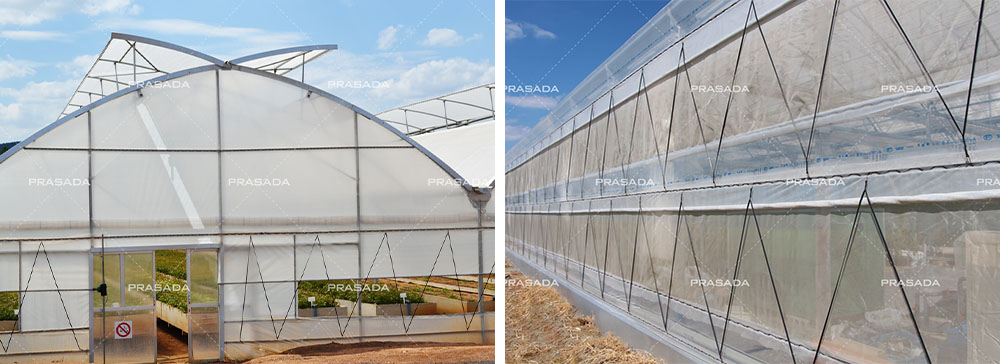How to manage Greenhouse Management Optimization
Views: 0 Author: Site Editor Publish Time: 2024-08-06 Origin: Site
Inquire
A well-managed greenhouse should pay more attention to ventilation,
temperature, and light to create an optimal environment for plant cultivation.

1. Greenhouse Ventilation
· Setting vent on roof or side wall to improve airflow, design according to greenhouse size, location, and growing plants.
· Adjust the vent open to fit wind speed with plant needs.
· Adjust the opening window according to the night temperature to prevent the temperature from getting too low
· Open the vent at a certain time to reduce the humidity in the greenhouse

2. Temperature Control
· Control the temperature inside the greenhouse, using ventilation, shading, and cooling systems
· Manage substrate or nutrient solution temperature for healthy root growth.
· Day-night temperature Difference: Adjust the day-night temperature to enhance crop quality.

3. Light Management
Light intensity: using high light transmission covers or change in a certain time, or adding Artificial light to specific crop requirements if needed.
Lighting time: Adjust shading net system or supplementary system to influence plant growth and development.
Light quality: Optimize photosynthesis with suitable light wavelengths.
Additional Considerations
Humidity: control humidity levels to prevent disease.
CO2: Increase CO2 for improved photosynthesis.
Nutrient solution: Precisely manage nutrient solutions for optimal plant health.
Pest and disease: inspect the plant and take preventive measures on time.
Can add automated systems for efficient environment control.
Utilize data analysis for informed decision-making
Need more specific guidance?
Please provide details about your greenhouse setup, crops, and any challenges you're facing. Prasada team will do our best on turnkey solutions.



















